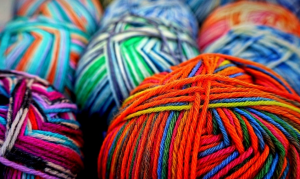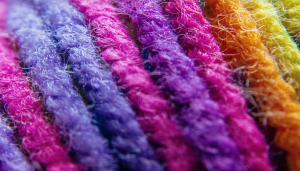
Protect Your Pride with DIY Boat Covers
There’s a certain satisfaction that comes from caring for your boat, and what better way to show you care than by crafting your own boat cover? It might sound daunting at first, but sewing a boat cover is actually easier than you might think. With the right supplies, tools, and some patience, you can transform your boat’s life-saving companion into something truly personal.
The beauty of creating your own boat cover lies in its customization. You get to choose the fabric, the style, and even add your own unique flair. This hands-on approach allows you to tailor the cover to match your boat’s size, shape, and features – be it a sleek classic speedboat or a rugged fishing vessel.
Why go DIY? Besides the sense of accomplishment, there are several practical benefits. First and foremost, you save money! Pre-made covers can be quite pricey. Second, you gain control over the quality, ensuring durability and weather resistance. And finally, you get a boat cover that truly reflects your individual style.
Choosing the Right Fabric
Before diving into any project, it’s crucial to select the right fabric for your boat cover. The choice will depend on several factors, including your local climate, the type of cover you want, and your personal preference.
For example, for sun-drenched climates or frequent exposure to harsh sunlight, a UV-resistant polyester fabric is an excellent choice. It’s durable, waterproof, and comes in vibrant colors that reflect the joy of boating. Polyester blends are known for their strength and flexibility, making them ideal for boat covers.
On the other hand, if you live in a mild climate with less direct sunlight, a canvas fabric could be an attractive option. Canvas offers breathability, allowing water vapor to escape easily. It also has excellent insulation properties, preventing cold air from penetrating the cover during winter months.
The Right Tools for the Job
While sewing a boat cover requires basic skills and equipment, it doesn’t demand specialized machinery. You’ll need some essential tools to ensure your project is successful. For starters, you’ll need:
- Sewing machine
- Strong thread
- Pins and needles for hand sewing (optional)
- Fabric shears
- Measuring tape
- Seam ripper or scissors for any mishaps
- Iron and ironing board for creases
Many modern sewing machines offer built-in features that simplify the process, such as automatic thread tension controls and stitch selection options. However, if you’re comfortable with basic machine sewing, choosing an easy-to-use model is a good starting point.
Pattern Creation & Preparation
Once you’ve selected your fabric and chosen the design aesthetic for your boat cover, it’s time to create the pattern. Don’t underestimate this step—it impacts the final product! You can find pre-designed boat cover patterns online or even use a ruler and a straight edge to draw your own tailored pattern.
To ensure accurate measurements for your boat cover, you’ll need to get some precise measurements of its exterior. Document these measurements, including length, width, height, and any specific features like bow flares or gunwales. Remember to add extra inches to allow for seams and a bit more wiggle room.
Preparing the fabric is equally important for achieving a seamless construction process. Before starting your sewing journey, you’ll need to cut out all the pieces according to your pattern. For some complex designs, it might be helpful to use a rotary cutter or fabric shears with sharp blades for cleaner cuts.
Stitching Your Way to Success
Once you have an accurate pattern and have prepared your fabric, the real magic happens: stitching your boat cover together. The process is like a puzzle; each piece fitting perfectly according to your chosen pattern.
Start by prepping your sewing machine with the appropriate needle for the fabric type, adjusting the tension if needed. Then, begin by securing one of the flaps or sides before moving on to other sections. Follow your pattern and stitch carefully, ensuring straight seams and smooth transitions.
For increased strength and durability, consider using a zigzag stitch for the edges. This helps prevent fraying, which is crucial when dealing with materials that are likely to be exposed to sea winds or water splashes. Remember to press any corners or creases after stitching to keep things flat and wrinkle-free.
Final Touches: Adding Finishing Touches
Once the main structure of your cover is sewn, it’s time for the finishing touches. Consider adding reinforcing patches in high-stress areas where potential wear and tear are likely to occur. This can involve using extra fabric or even attaching lightweight plastic sheeting for added protection.
Adding straps or handles to your boat cover is a fantastic way to improve functionality and ease of use. This allows you to carry the cover easily on land, making storage and transport a breeze. It’s also beneficial in windy situations as it helps hold the cover securely against any harsh gusts.
Don’t forget about the details! You can choose contrasting piping or decorative stitching for a personalized touch. This will not only improve the look of your boat cover, but it could even act as a water repellent layer between the fabric and the elements.


